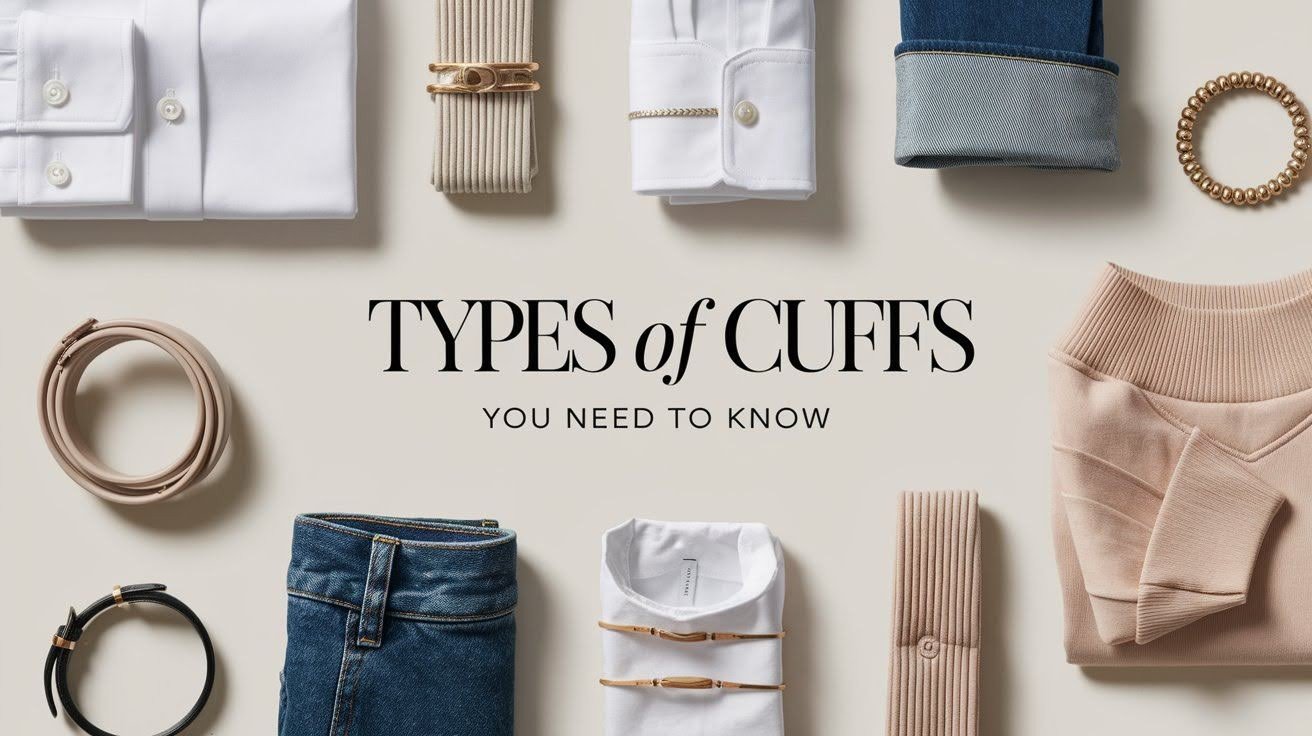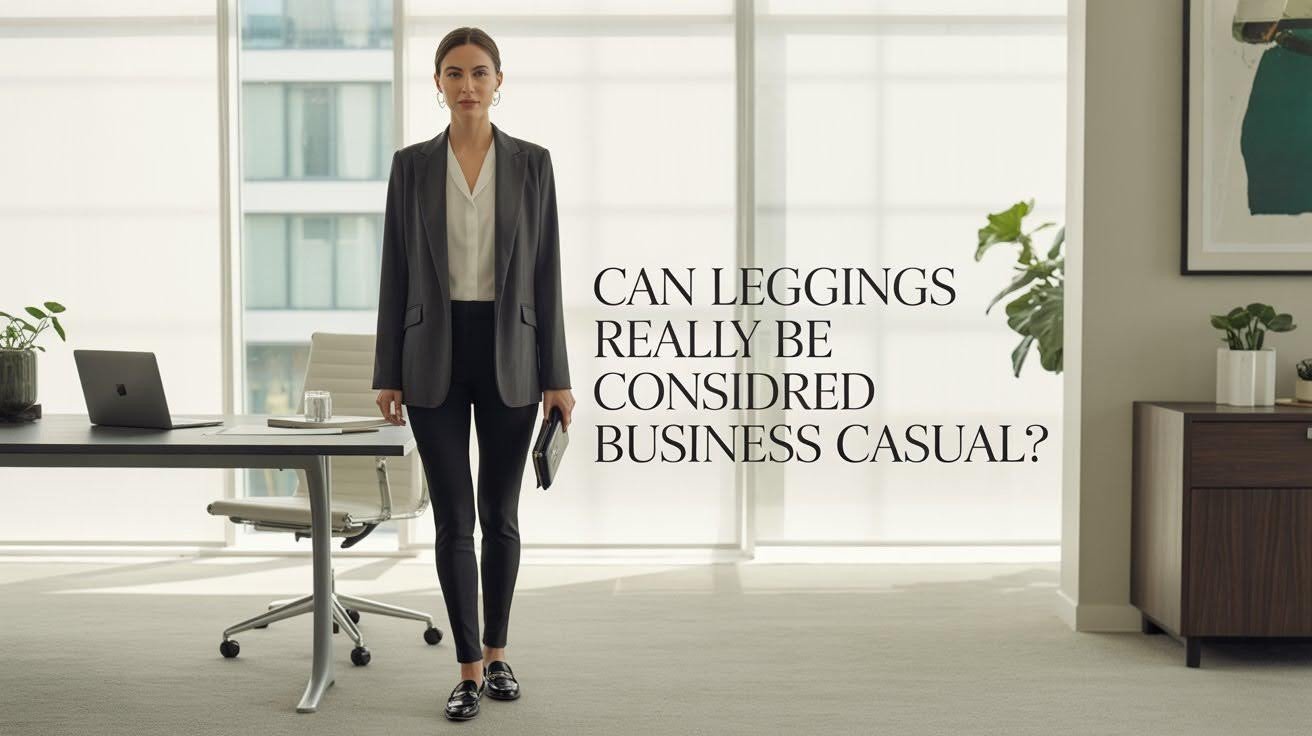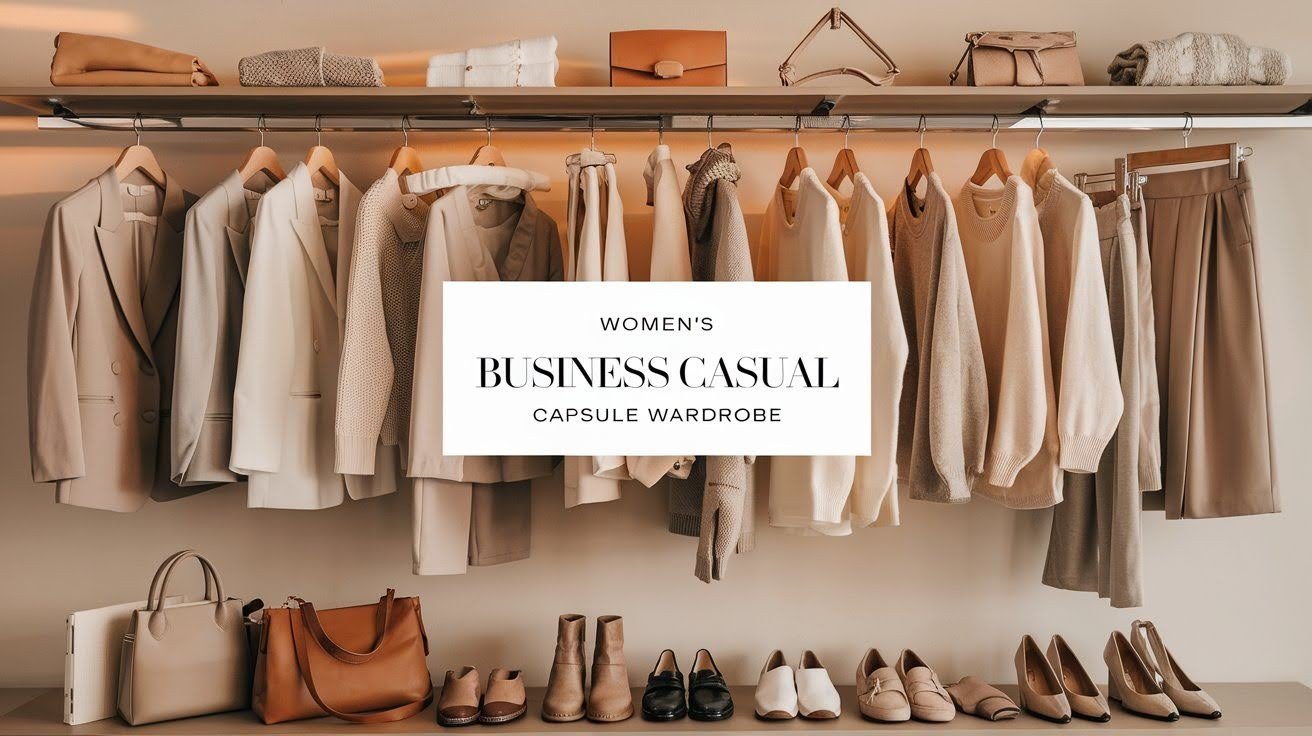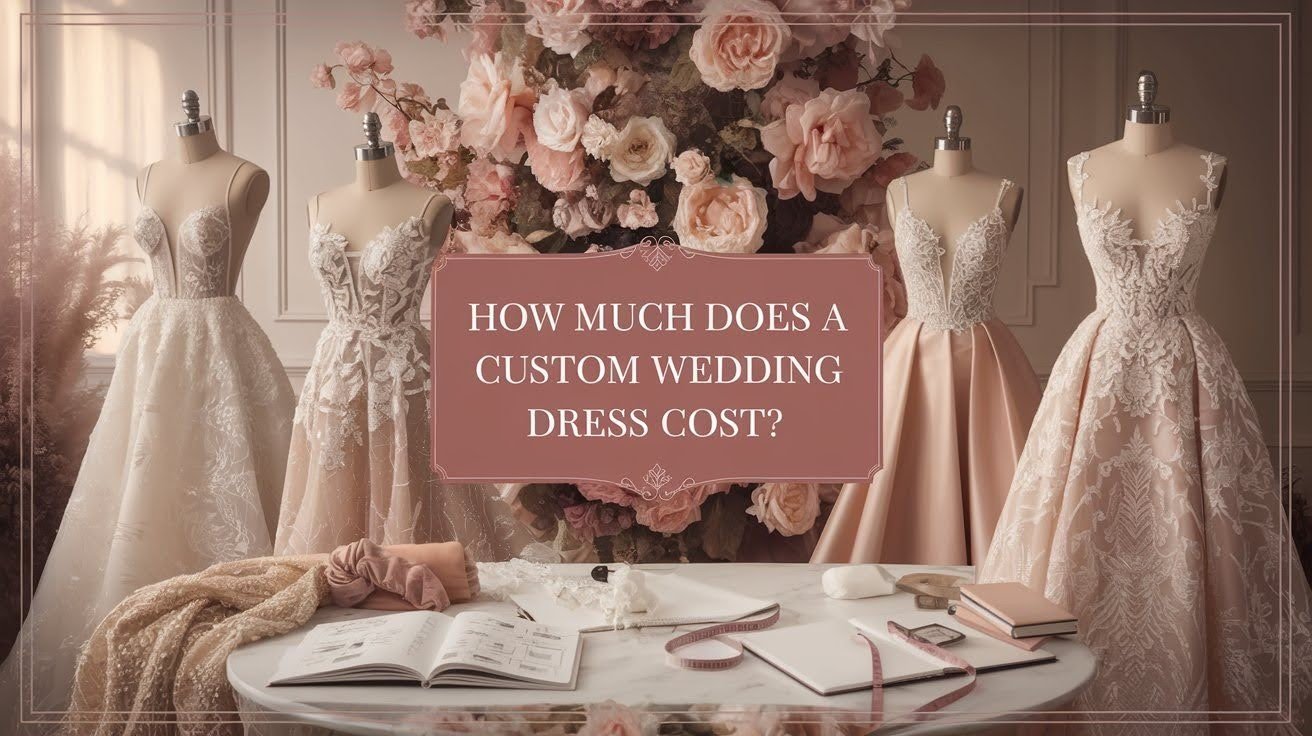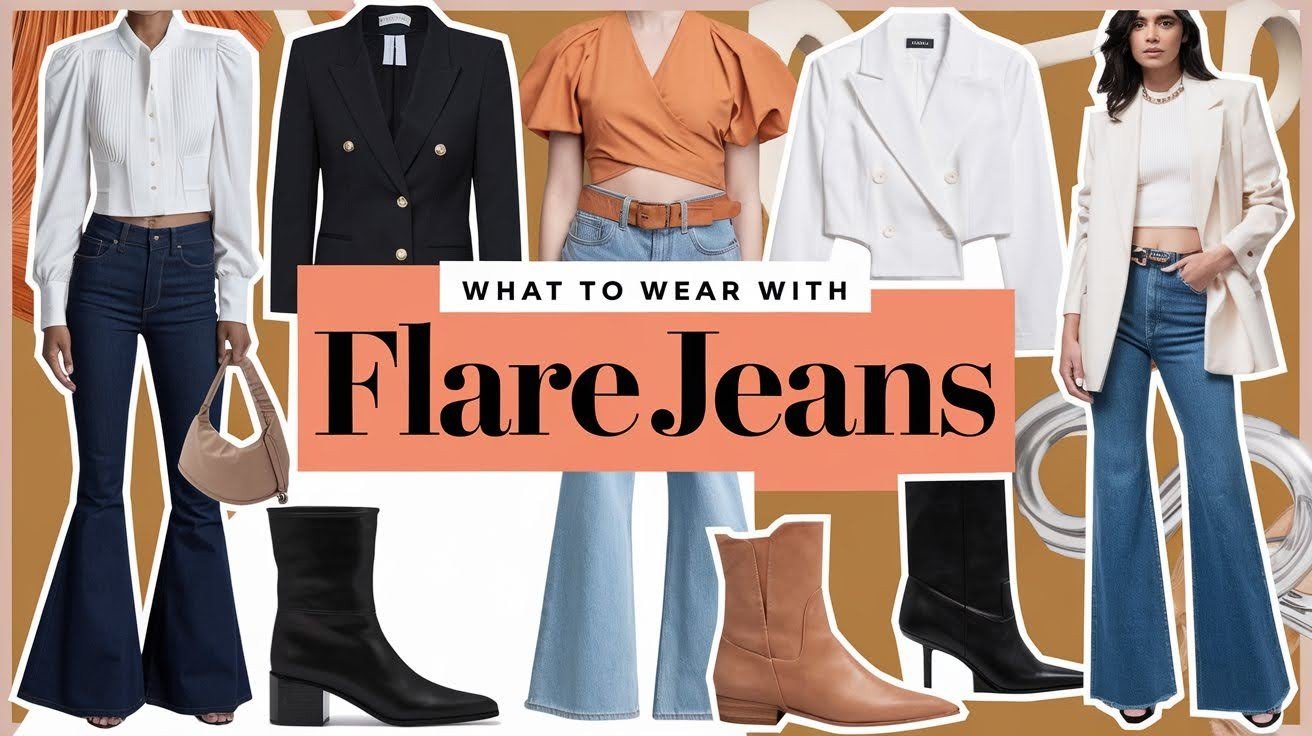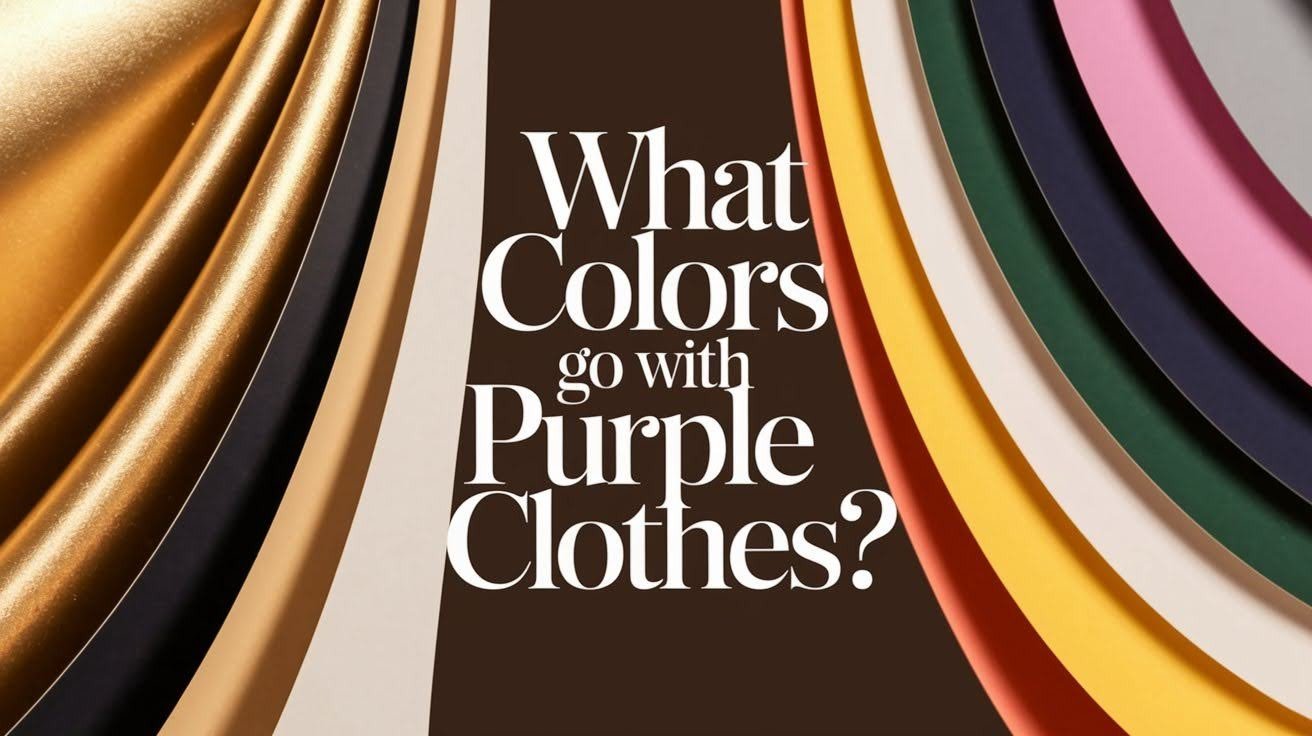After years of helping clients find their perfect shirt, I’ve learned that cuffs are far more than mere fabric endings-they’re the subtle details that separate a well-dressed individual from someone who simply wears clothes.
During my decades in menswear, I’ve witnessed how the right cuff can transform a basic shirt into a statement piece, while the wrong choice can undermine an otherwise impeccable outfit.
Cuffs serve three fundamental purposes: they establish the level of formality, enhance practical functionality, and express personal style.
From boardroom presentations to weekend gatherings, the cuff you choose speaks volumes about your attention to detail and understanding of menswear principles.
Today, I’ll share fifteen distinct cuff styles that have shaped my approach to shirt selection, each offering unique benefits for different occasions and personal preferences.
List of 15 Essential Cuff Types
A comprehensive guide examining fifteen distinct cuff styles that define shirt quality, formality levels, and personal expression in menswear.
1. Single Cuff (Barrel Cuff)

The workhorse of shirt cuffs, this straightforward design features simple button closure and forms the backbone of most wardrobes.
I recommend this for clients building their foundational shirt collection, as it pairs seamlessly with everything from khakis to business suits. The clean lines and practical functionality make it indispensable for daily wear.
2. Double Cuff (French Cuff)

This folded-back design demands cufflinks and commands respect in formal settings.
I’ve seen countless clients gain confidence simply by switching to French cuffs for important meetings. The doubled fabric creates visual weight and sophistication that buttons alone cannot achieve.
3. Convertible Cuff

A brilliant compromise for modern professionals, this style accepts both buttons and cufflinks.
I often suggest this to traveling executives who need versatility without packing multiple shirts. It adapts effortlessly from casual Friday to client dinners.
4. Rounded Cuff

The soft, curved edges of this design create a relaxed aesthetic perfect for weekend wear and smart-casual occasions.
I’ve found this style particularly flattering on clients who prefer gentler lines over sharp angles in their clothing choices.
5. Angled Cuff

Featuring diagonal-cut corners, this modern interpretation adds contemporary flair while maintaining professional appropriateness.
The subtle geometric detail works exceptionally well for younger professionals seeking to express personality within business dress codes.
6. Square Cuff

Clean, straight edges define this minimalist approach that appeals to clients who appreciate architectural precision in their clothing.
The structured appearance complements modern suit silhouettes and contemporary office environments beautifully.
7. Adjustable 2-Button Cuff

Two buttons provide customizable fit options, making this ideal for watch enthusiasts and those with varying wrist sizes throughout the day.
I particularly recommend this for clients who experience wrist swelling or prefer different fits for different activities.
8. Short Straight Cuff

At approximately 6cm, this compact design suits slim-fit shirts and minimalist aesthetics.
I’ve noticed this works exceptionally well for clients with shorter arms or those who prefer less fabric bulk around their wrists.
9. 2-Buttonhole Cuff

The dual buttonhole configuration allows for styling flexibility and is commonly found on casual or patterned shirts.
This design element adds visual interest while maintaining practical functionality for everyday wear.
10. Square French Cuff

The traditional formal cuff featuring sharp corners and cufflink closure remains the gold standard for black-tie events and high-level business meetings.
I always recommend investing in quality cufflinks when choosing this style.
11. Rounded French Cuff

A softer interpretation of the classic formal cuff, this version maintains sophistication while offering a less severe appearance.
It works particularly well for clients who find traditional French cuffs too imposing for their personal style.
12. Angled French Cuff

Combining formality with contemporary design, these diagonal corners add subtle modernity to traditional formal wear.
I’ve seen this choice help clients bridge the gap between classic and current fashion sensibilities.
13. Cocktail Cuff (Milanese/Neapolitan Cuff)

This sophisticated design folds back like French cuffs but fastens with buttons instead of cufflinks.
Made famous in James Bond films, it offers refined style without the need for additional accessories.
14. Open Cuff (Low Button Placement)

Italian-inspired design places the button lower and outward, enhancing wrist movement and comfort.
I recommend this for clients who prioritize comfort and appreciate the subtle Continental styling details.
15. Watch Cuff (Asymmetric Cuff)

Featuring one looser cuff specifically designed to accommodate timepieces, this bespoke detail demonstrates thoughtful craftsmanship.
Common in custom shirts, it shows attention to individual needs and preferences.
Tips for Choosing the Right Cuff Style
- Match the cuff with the occasion: Select French cuffs for formal events, while barrel cuffs work best for everyday wear. Understanding the appropriate formality level prevents fashion missteps and ensures you’re properly dressed for any situation.
- Consider sleeve rolling: If you frequently roll your sleeves during work or casual activities, opt for straight or rounded cuffs. These styles maintain their shape and appearance better when adjusted throughout the day.
- Account for accessories: Planning to wear cufflinks? Choose French or convertible cuffs that accommodate these accessories. This decision should be made before purchasing to ensure proper functionality and style coordination.
- Think about watch fit: An adjustable or watch cuff ensures comfortable timepiece wear without restricting circulation or creating unsightly bunching. This consideration is especially important for those who wear watches daily.
- Don’t ignore fit and proportion: Slim-fit shirts look better with shorter or more compact cuffs that maintain the garment’s streamlined silhouette. Oversized cuffs can overwhelm a fitted shirt’s clean lines.
- Keep versatility in mind: Angled or convertible cuffs offer flexibility for day-to-night looks, allowing you to transition between different settings without changing your entire outfit. This adaptability maximizes your wardrobe’s functionality.
Conclusion
Throughout my years in menswear consulting, I’ve watched clients transform their confidence simply by understanding how cuff selection impacts their overall appearance.
The right cuff choice does more than complete a shirt-it reveals your attention to detail and understanding of proper dress.
Your cuff selection should balance three essential elements: style that matches your aesthetic preferences, fit that accommodates your daily activities, and functionality that serves your lifestyle needs.
A lawyer requiring formal presence needs different cuff options than a creative professional working in relaxed environments.
Remember, every detail matters in menswear. Choose cuffs that authentically represent who you are and how you move through your world. The perfect cuff becomes an extension of your personality, quietly communicating your standards and sophistication to everyone you meet.
Frequently Asked Questions
What’s the difference between French cuffs and barrel cuffs?
French cuffs fold back on themselves and require cufflinks for closure, making them ideal for formal occasions and business settings. Barrel cuffs feature a simple button closure and work perfectly for everyday wear and casual professional environments.
Can I wear cufflinks with any type of cuff?
Only French cuffs and convertible cuffs are designed to accommodate cufflinks properly. Attempting to use cufflinks with standard barrel cuffs will result in an improper fit and unprofessional appearance.
Which cuff style works best for wearing watches?
Adjustable 2-button cuffs and watch cuffs (asymmetric design) provide the best accommodation for timepieces. These styles prevent uncomfortable bunching and ensure your watch sits properly without restricting blood flow.
Are angled cuffs appropriate for business settings?
Yes, angled cuffs offer a modern twist while maintaining professional appropriateness for most business environments. They provide subtle contemporary flair without compromising the formal requirements of corporate dress codes.
How do I choose the right cuff size for my shirt?
Cuff size should complement your overall shirt fit-slim-fit shirts look better with shorter, more compact cuffs. The cuff should sit comfortably at your wrist bone without being too tight or loose enough to slide over your hand.

